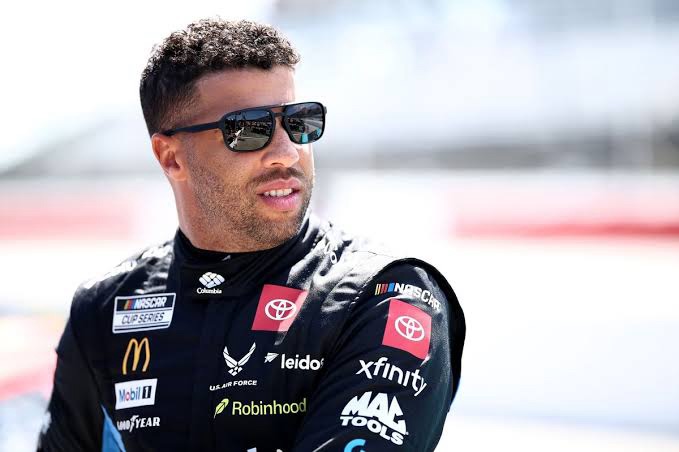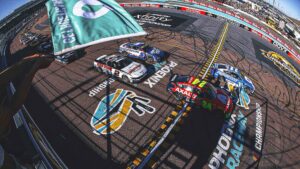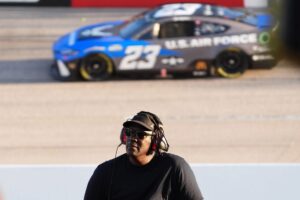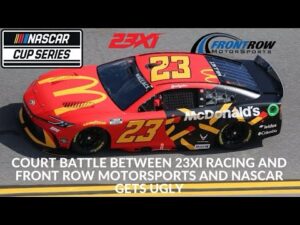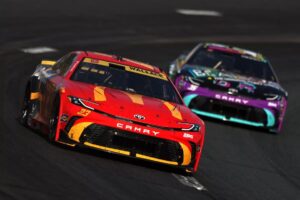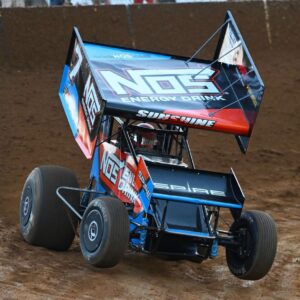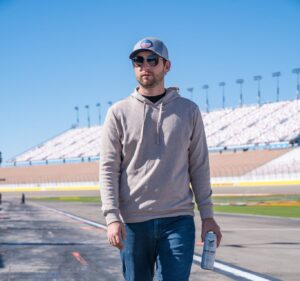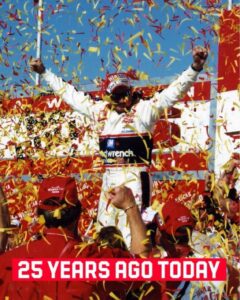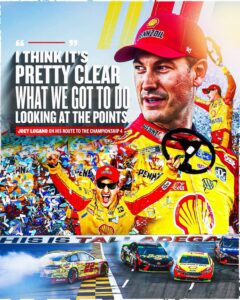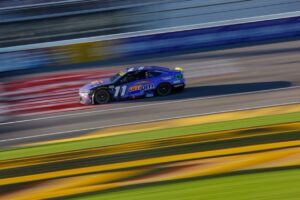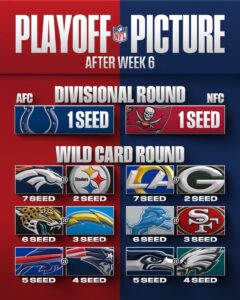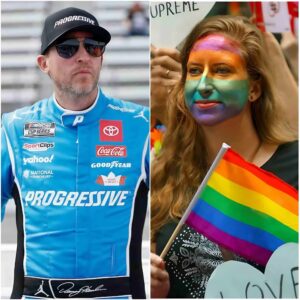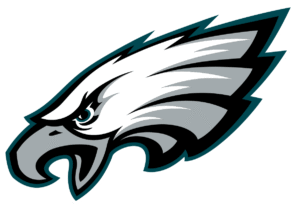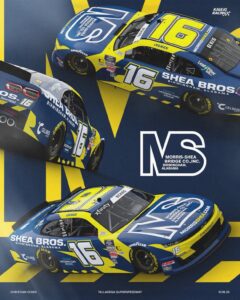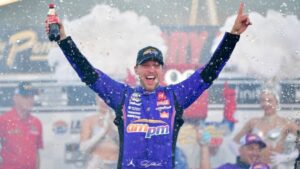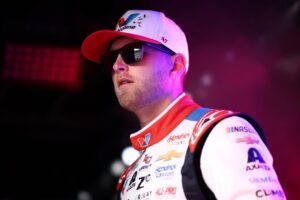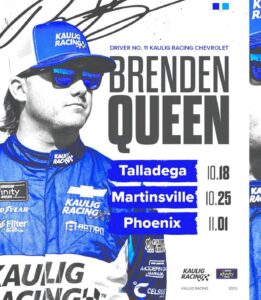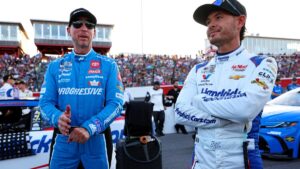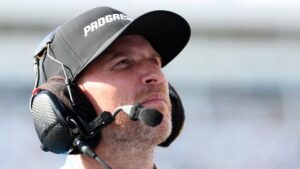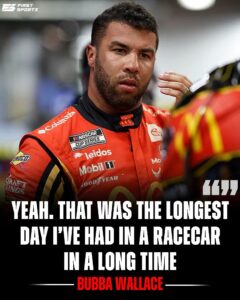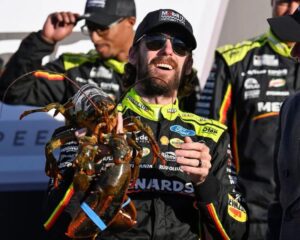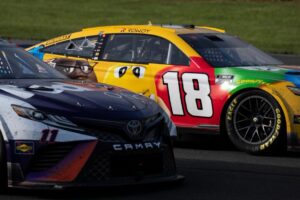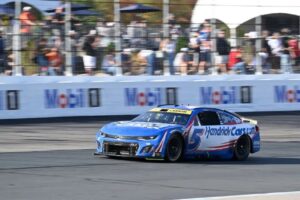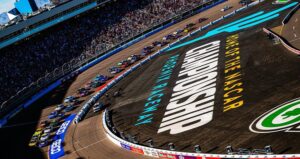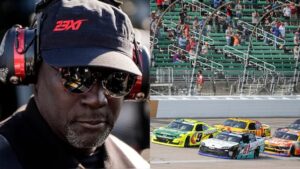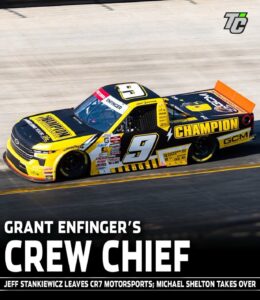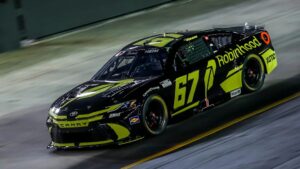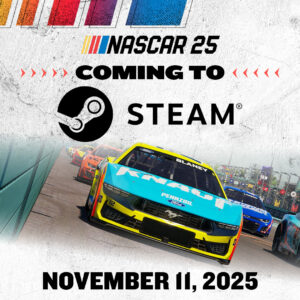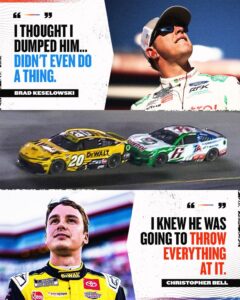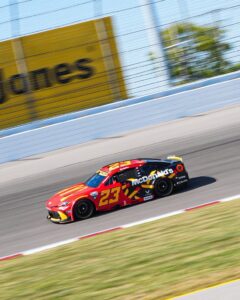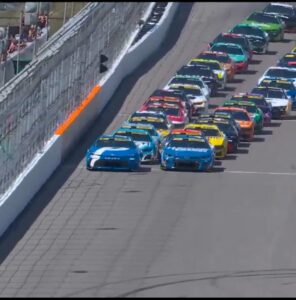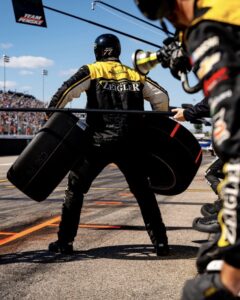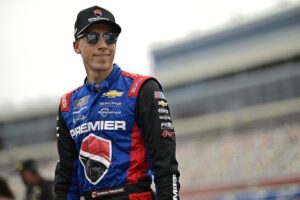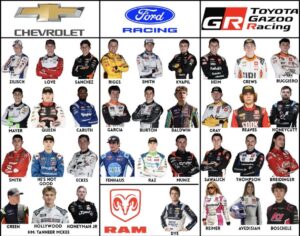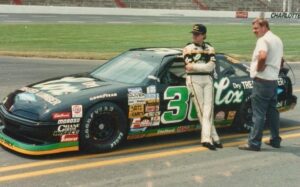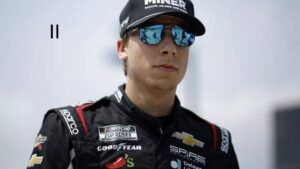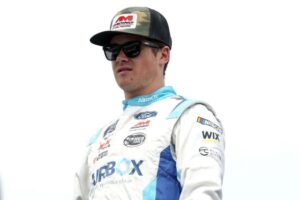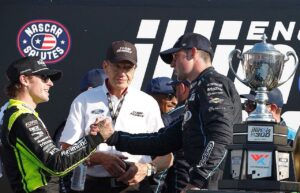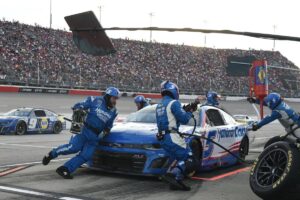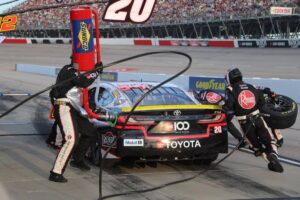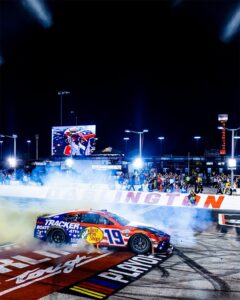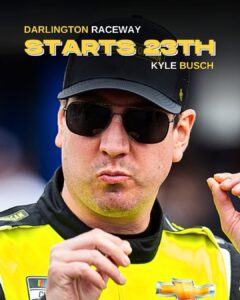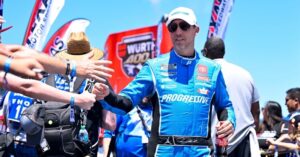In the world of NASCAR, where traditions run deep and opinions are rarely soft-spoken, few drivers stir as much conversation as Bubba Wallace. With just two Cup Series wins across eight full-time seasons, the amount of media coverage and attention Wallace receives has left some fans asking the pointed question: What has Bubba Wallace done to deserve superstar treatment from NASCAR?

It’s a fair question — especially when you compare his stats to other drivers who may have more wins or a longer résumé and yet receive less attention. So let’s break it down and try to answer this question without jumping to conclusions, but by laying out what’s really at play.
A Career Measured by More Than Wins
First, it’s true that Wallace has two Cup wins — Talladega (2021) and Kansas (2022). While not a staggering total, it’s worth noting that wins alone aren’t the only metric by which NASCAR — or any sport — measures a driver’s significance. Wallace has consistently qualified for the playoffs in a sport where just making the cut is no small feat.
But the attention Wallace receives is about more than racing alone.
Cultural Impact and NASCAR’s Evolution
Wallace became a central figure in NASCAR’s push for inclusivity, especially following the 2020 racial justice movement. He publicly called for the banning of Confederate flags at NASCAR events and drove a Black Lives Matter paint scheme at Martinsville — a watershed moment in the sport’s history.
NASCAR, long criticized for its lack of diversity, backed Wallace as both a driver and a symbol of change. In doing so, they were acknowledging that the sport had room to grow, both competitively and culturally. Wallace didn’t ask to be the face of that movement — but he didn’t shy away from it either. And with that came a lot of media focus.
The Double-Edged Sword of Representation
Let’s be honest — being the only Black driver in a predominantly white sport comes with a unique spotlight, for better or worse. Wallace’s visibility is amplified not just because of race, but because of what his presence represents. Representation matters to new fans, sponsors, and younger generations who now see someone who looks like them on NASCAR’s biggest stage.
To some fans, it feels like overexposure. To others, it’s overdue recognition. That tension is part of NASCAR’s identity crisis — trying to grow while staying true to its roots.
Is NASCAR “Anti-White Drivers”?
That’s a serious claim — and it deserves an honest look. The sport is still overwhelmingly white, both in its driver lineup and fanbase. Drivers like Chase Elliott, Kyle Larson, and Ryan Blaney continue to dominate the sport’s popularity polls and media coverage. They’re not being pushed aside.
NASCAR’s support of Bubba Wallace isn’t about taking something away from white drivers — it’s about adding something that had long been missing: diversity and a broader appeal to a wider audience.
Final Thoughts
Bubba Wallace didn’t invent the spotlight — it found him. And while his on-track performance may not yet rival some of his peers, his off-track impact is undeniable. Whether you support that or not, NASCAR’s promotion of Wallace reflects a larger strategy: to evolve, to reach new audiences, and to embrace change in a sport that has long been hesitant to do so.
You don’t have to love Bubba Wallace to understand why he’s so visible. And questioning fairness in the sport is part of being a passionate fan — but so is looking at the full picture.
Fair is fair — and NASCAR, like it or not, is changing.
